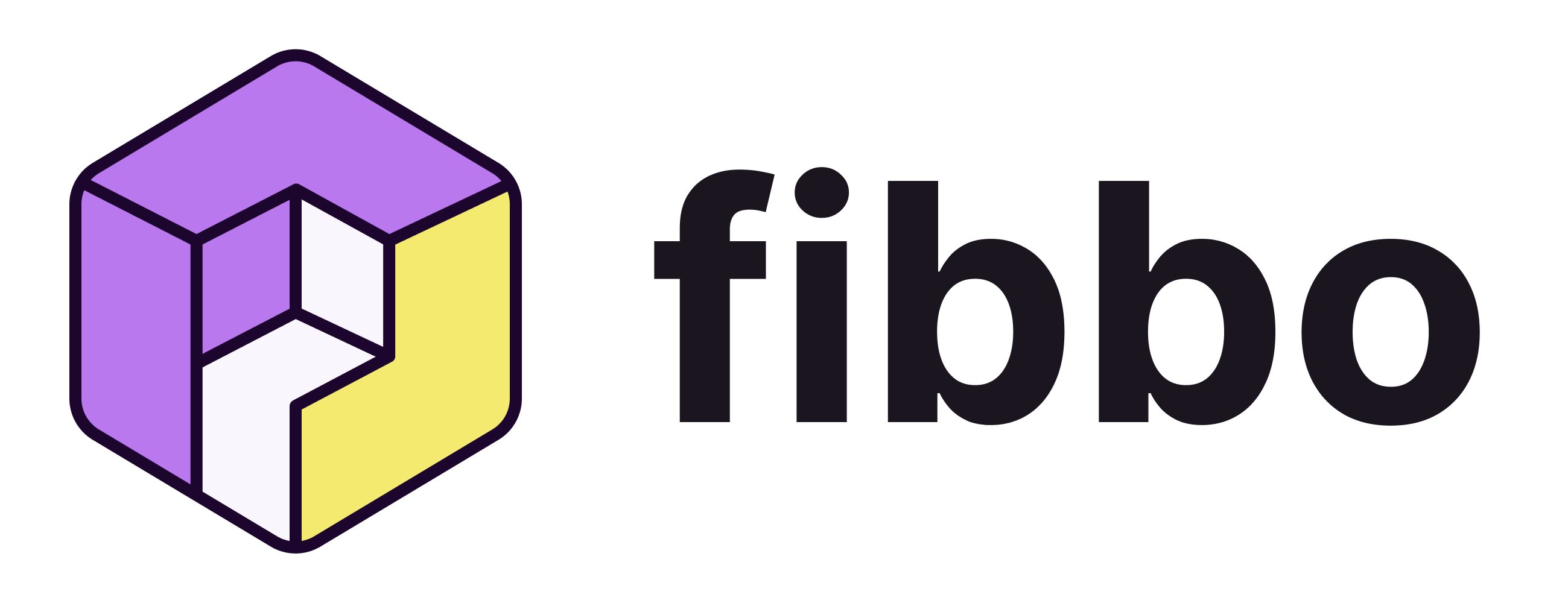Models
Introduction
Models are the core of any 3D application. They are the objects that are rendered in the scene.
They can be simple shapes like cubes or spheres ; but in Fibbo, we will use the term to refer to complex 3D models that are created in a 3D modeling software like Blender.
Here is a brief overview of the most common 3D models file formats :
- .fbx : A proprietary file format developed by Autodesk. It is widely used in the game industry.
- .obj : A simple text-based file format, one of the most basic formats. It often comes with a
.mtlfile that contains the materials of the model. - .gltf : Often defined as the JPEG for 3D, it is a very extensible format that is widely supported by 3D engines.
- .glb : Based on the
GlTFformat, but it is a binary format that can contain all the assets of a 3D model (like textures, animations...).
Loading a model
To load a model in Fibbo, you can use the appropriate class from the @fibbojs/3d library, depending on the format of the model.
All the classes share the same options for the constructor :
name: The name of the model, if provided, the path will be computed as/assets/${name}/${name}.${fileExtension || 'obj'}. e.g.cubewill load/assets/cube/cube.obj.path: The path to the model file.fileExtension: The extension of the model file. If not provided, it will default depending on the class used (.objforFOBJ,.fbxforFFBX...).texture: If the model file indicates there are textures, you can provide a path to the texture file for each material. By default, the texture URL will be considered/assets/${name}/Textures/colormap.png. It can be useful if the texture referenced in the file are not named as expected or if you want to use a different texture. e.g. :jsonHere the{ "default": "/assets/cube/Textures/colormap.png" }defaultmaterial will use the texture/assets/cube/Textures/colormap.png.
FBX
To load a .fbx model, you can use the FFBX class. Here is an example :
import { FFBX } from '@fibbojs/3d'
const fbx = new FFBX({
path: 'path/to/your/model.fbx',
position: { x: 0, y: 5, z: 0 },
scale: { x: 1, y: 1, z: 1 },
})OBJ
To load a .obj model, you can use the FOBJ class. Here is an example :
import { FOBJ } from '@fibbojs/3d'
const obj = new FOBJ({
path: 'path/to/your/model.obj',
position: { x: 0, y: 5, z: 0 },
scale: { x: 1, y: 1, z: 1 },
})GLB
To load a .glb model, you can use the FGLB class. Here is an example :
import { FGLB } from '@fibbojs/3d'
const glb = new FGLB({
path: 'path/to/your/model.glb',
position: { x: 0, y: 5, z: 0 },
scale: { x: 1, y: 1, z: 1 },
})TIP
For now, FLGB is just a wrapper around FGLTF, but it could be extended in the future to support the specific features of the .glb format, so it is recommended to use FGLB for .glb files.
GLTF
To load a .gltf model, you can use the FGLTF class. Here is an example :
import { FGLTF } from '@fibbojs/3d'
const gltf = new FGLTF({
path: 'path/to/your/model.gltf',
position: { x: 0, y: 5, z: 0 },
scale: { x: 1, y: 1, z: 1 },
})
